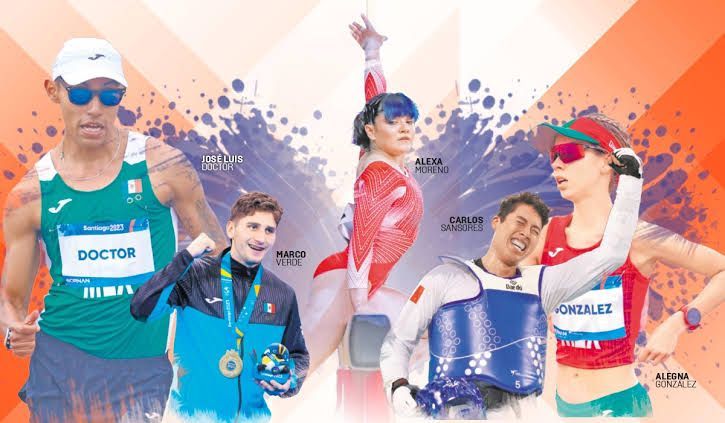In an effort to renovate their brand identity and promote their commitment to the production of electric vehicles, General Motors launched a new logo that was meant to feel modern and inclusive. Instead of that, the reactions on Social Media were mostly negative. No matter how confident you are, if your own brand is about to release their 2021 campaign or rebranding, you’re probably a little worried about this.
As the author of this Fast Company article puts it, a new logo is a big deal. The quality of your branding represents the quality of everything you do as a company, from your products to your history. In General Motors’ case, their new logo seems to erase over 100 years of history and trust to appear more approachable and youthful, to the point of looking like a two-year-old startup.
Is there a way to ensure that your brand’s intention of looking “modern and inclusive”, or any other intention, is going to be effective and well-received?
What brands can learn from this
Whether it is an exciting new product, commercial, or logo redesign, every expansion or renovation entails a risk. You do your research, your team prepares for months, and you trust that your authentic efforts will bring success. But what if it doesn’t? While risks are unavoidable, brands and companies need to use the tools available to prevent potentially huge losses of time and resources.
The presence of increasingly vocal audiences on Social Media shouldn’t force brands to play it safe (that can also be perceived in a negative way). Just as technology and digital platforms bring new problems, they also contain new solutions, like the ability to reach bigger audiences to test their content in a lot less time.

Using A.I to discover how consumers will react to your rebranding
Synapbox’s AI-powered platform can remotely reach audiences around the globe to test videos and images, like a new logo or a package redesign. In less than 72 hours, you can receive detailed information about your targeted audience’s accurate reaction to the images. How do we do this? By measuring their emotional responses through their webcams with the help of biometric technology, in a process that is 100% opt-in and involves privacy compliance.
Our qualitative and quantitative reports can show you the necessary changes that you can make before publication to increase your content’s ROI and predictability. With eye-tracking technology and heatmaps, you can find the areas of interest in your images and how they perform in different countries. These insights are meant to optimize the material with specific improvements, and the results are gathered by combining two important aspects of the experience:
Discover unconscious reactions with biometric technology: The exact moment in which the images are perceived can give you a lot of information. Do they feel excited or indifferent? Do they find the images compelling, boring or unpleasant? A deeper insight into the emotional response of an audience is the best feedback a content creator can receive.
Obtain conscious reactions with personalized surveys: While the immediate responses are highly valuable, we cannot ignore how people consciously translate and communicate their feelings. Personalized surveys allow you to directly address your concerns, considering the opinions they’re likely to share with friends on Social Media.
Examples of the actionable insights that you can find:
Do: Respect the correct spacing between graphic elements (brand, slogan and CTA). Why: A product-focused Ad, with a highly visual exposure of the brand and optimal product integration, increases Brand Association levels by 16%.
Don’t: Avoid color similarities between background, text and CTA elements. Why: Viewers’ purchase and CTA intention was 34% lower in videos with a lack of contrast between background and graphic elements.
Find out more about our platform and start testing your own images and videos!





 Embracing the Future of Digital Content with AI
Embracing the Future of Digital Content with AI